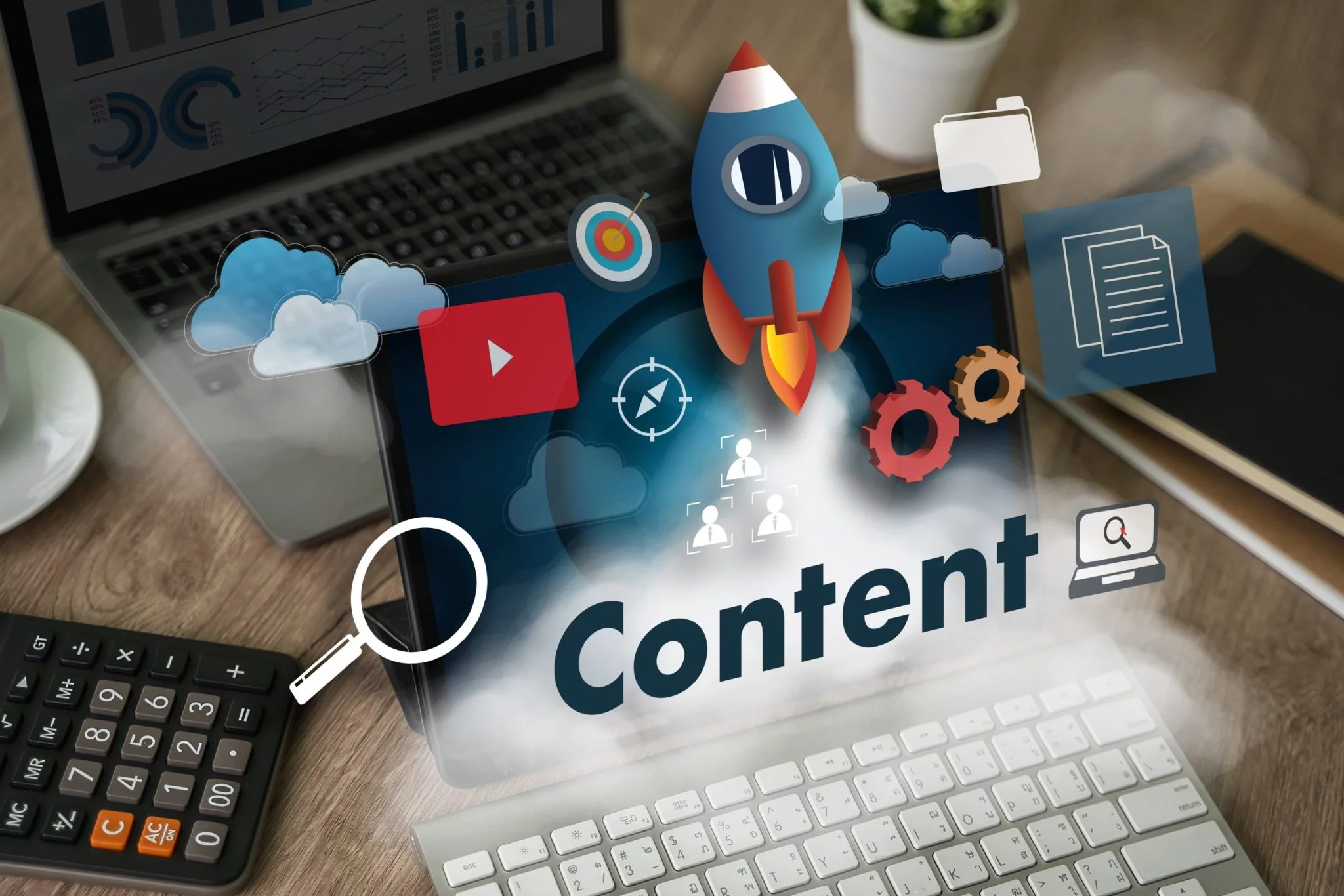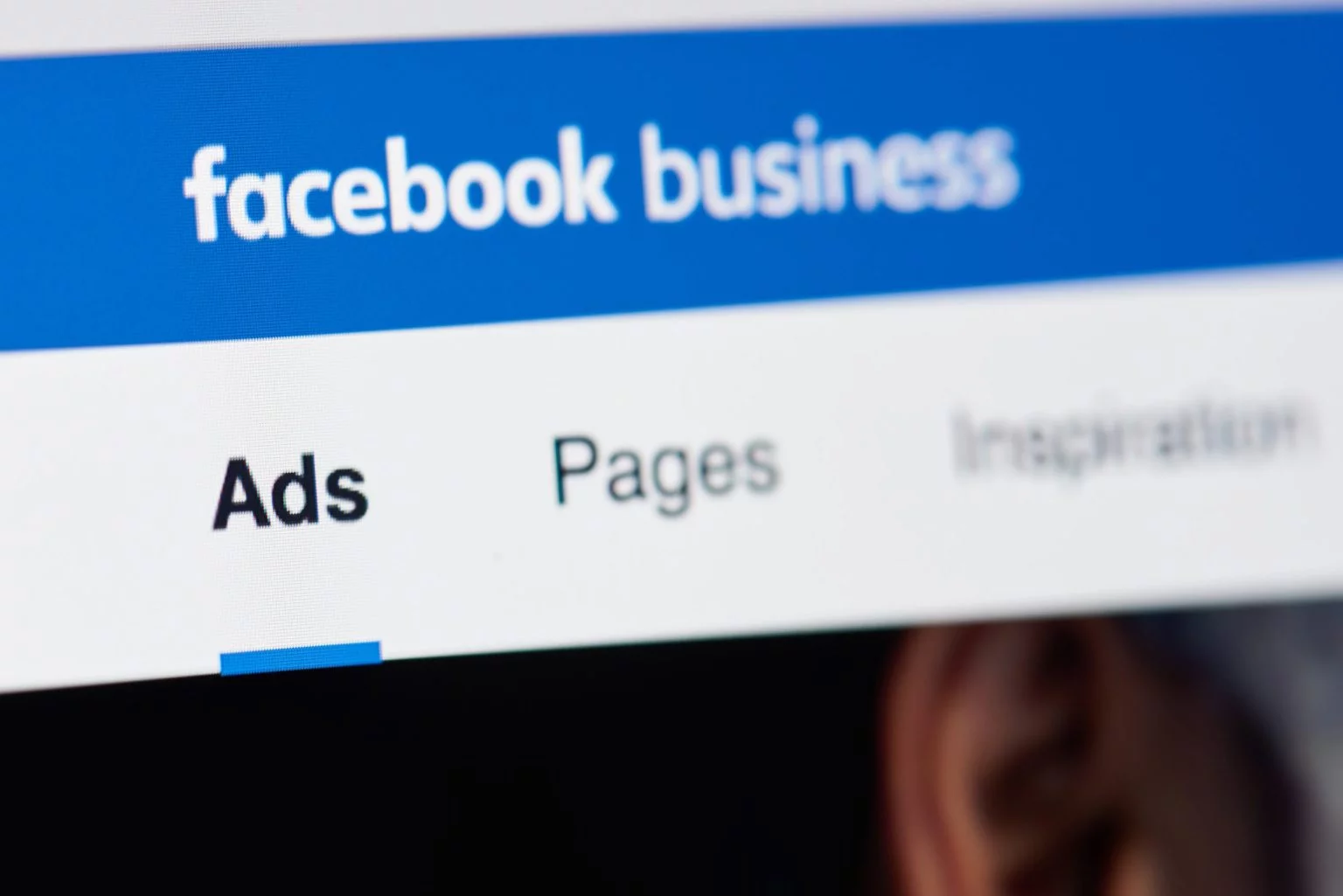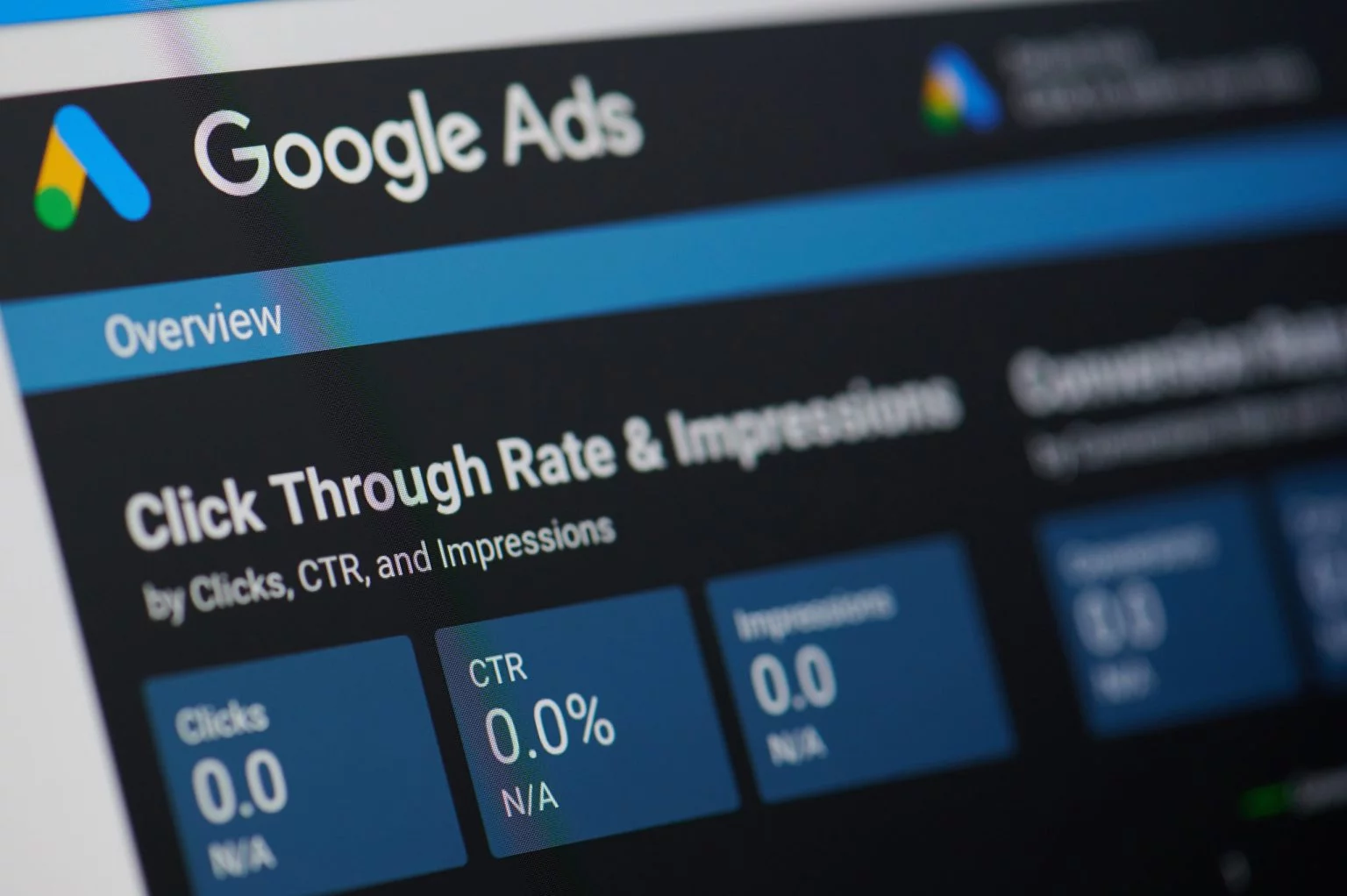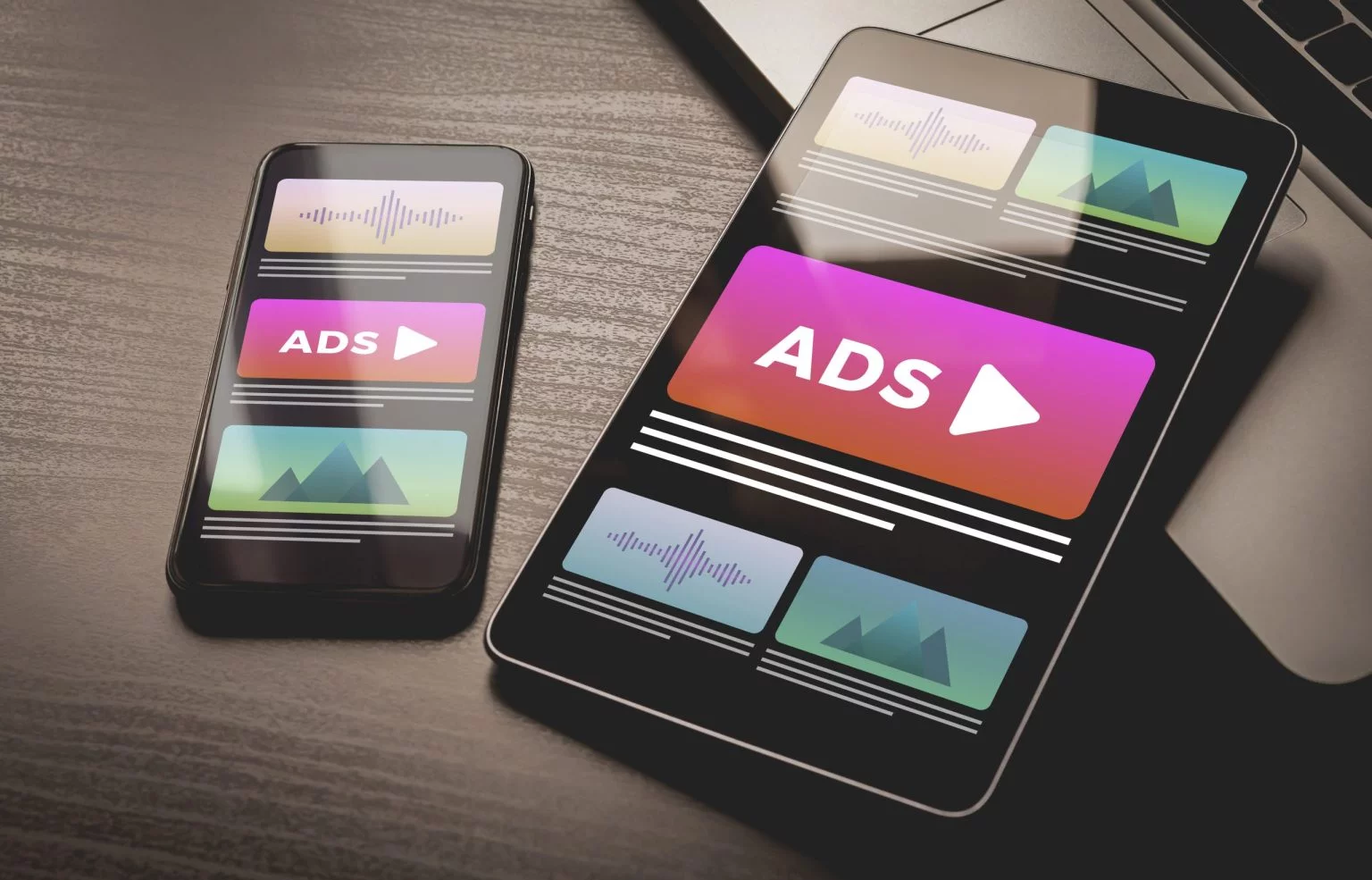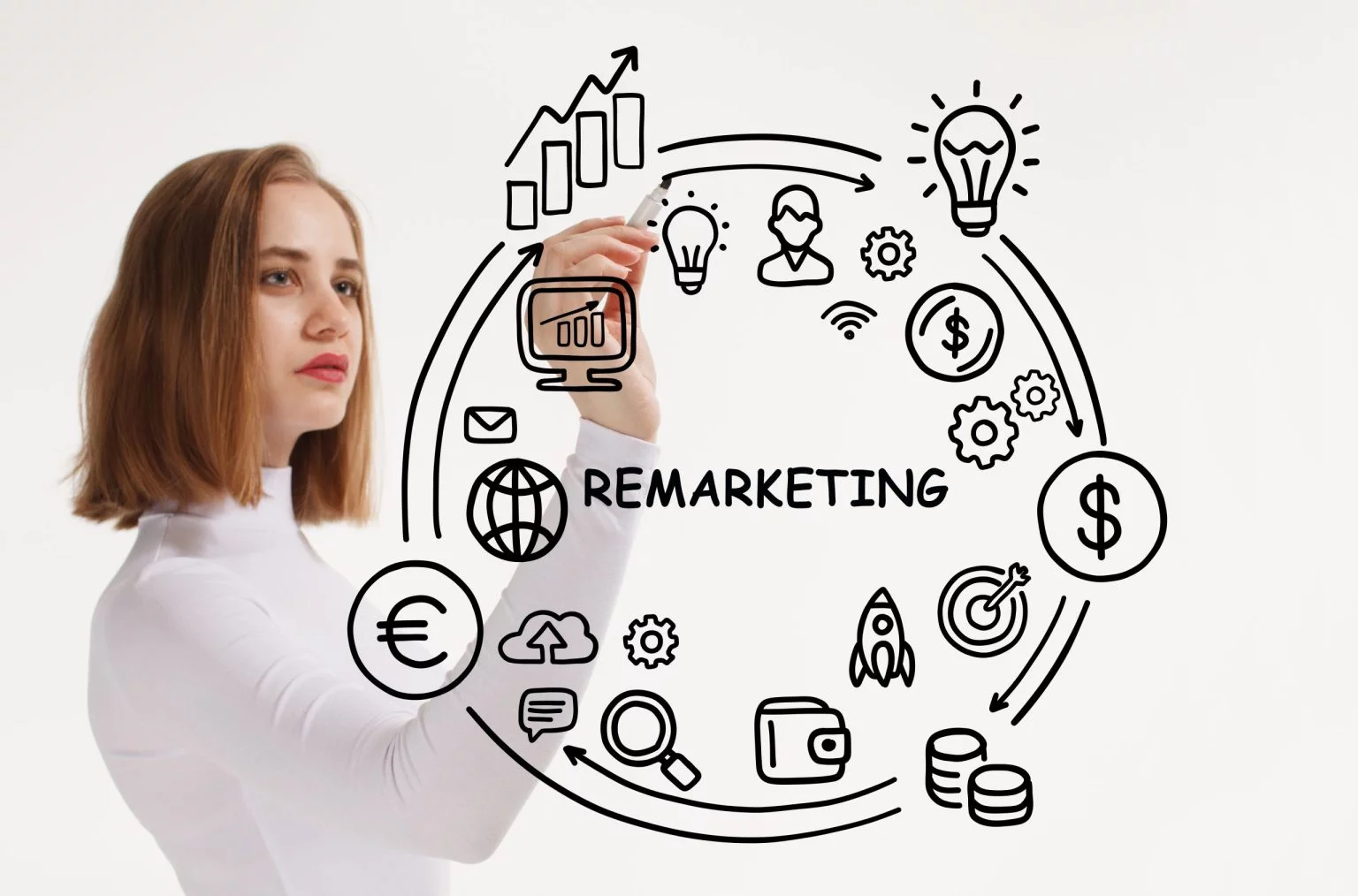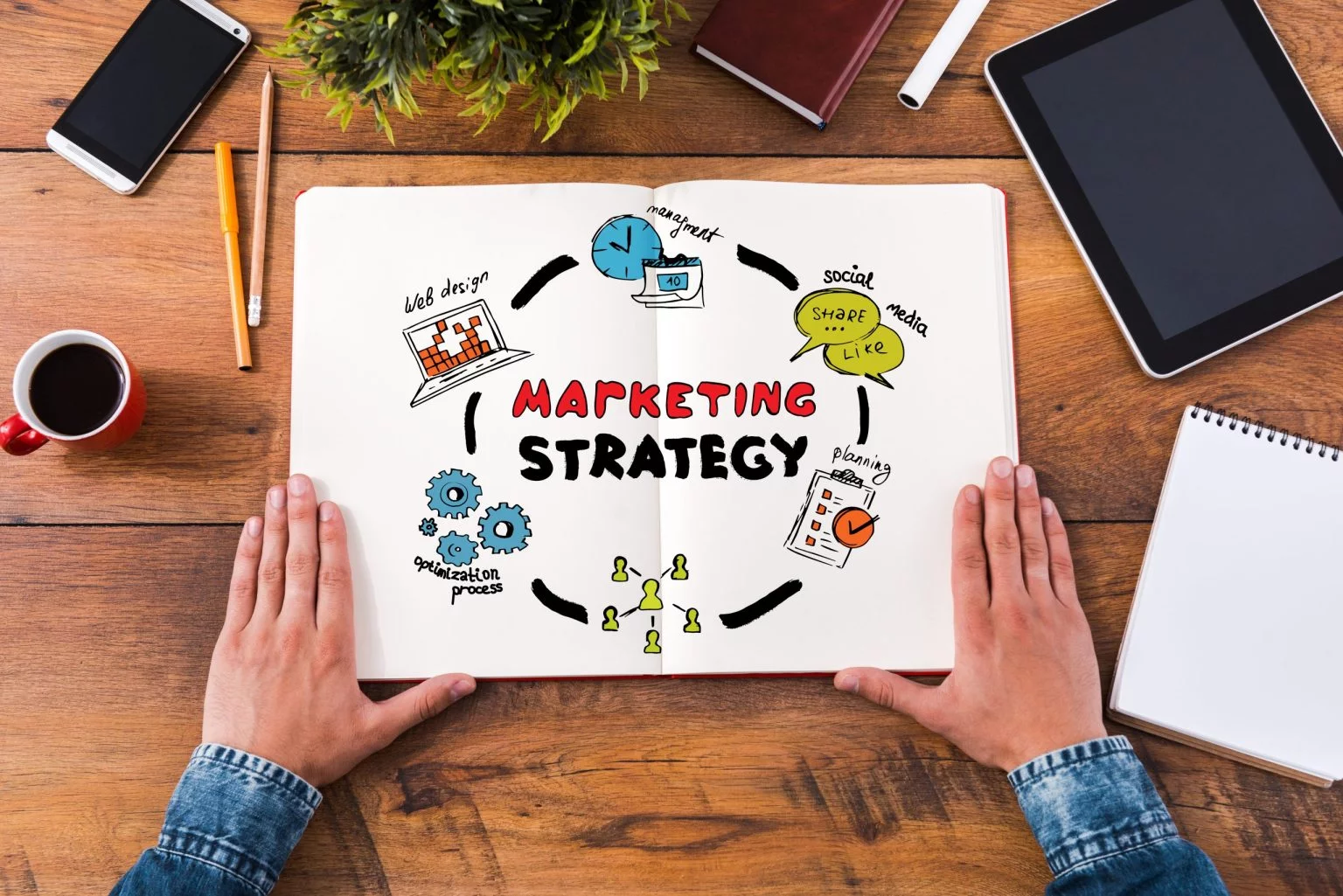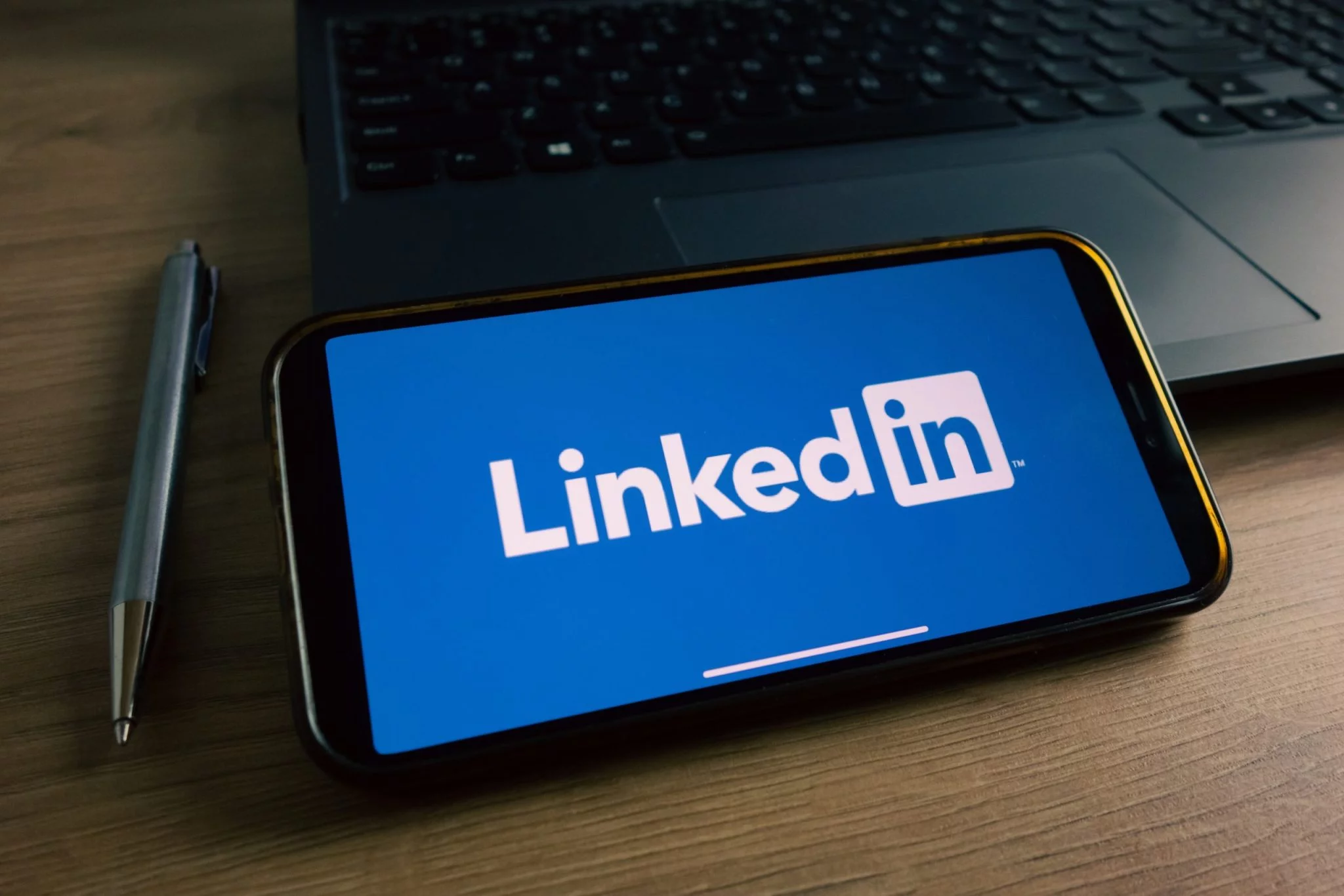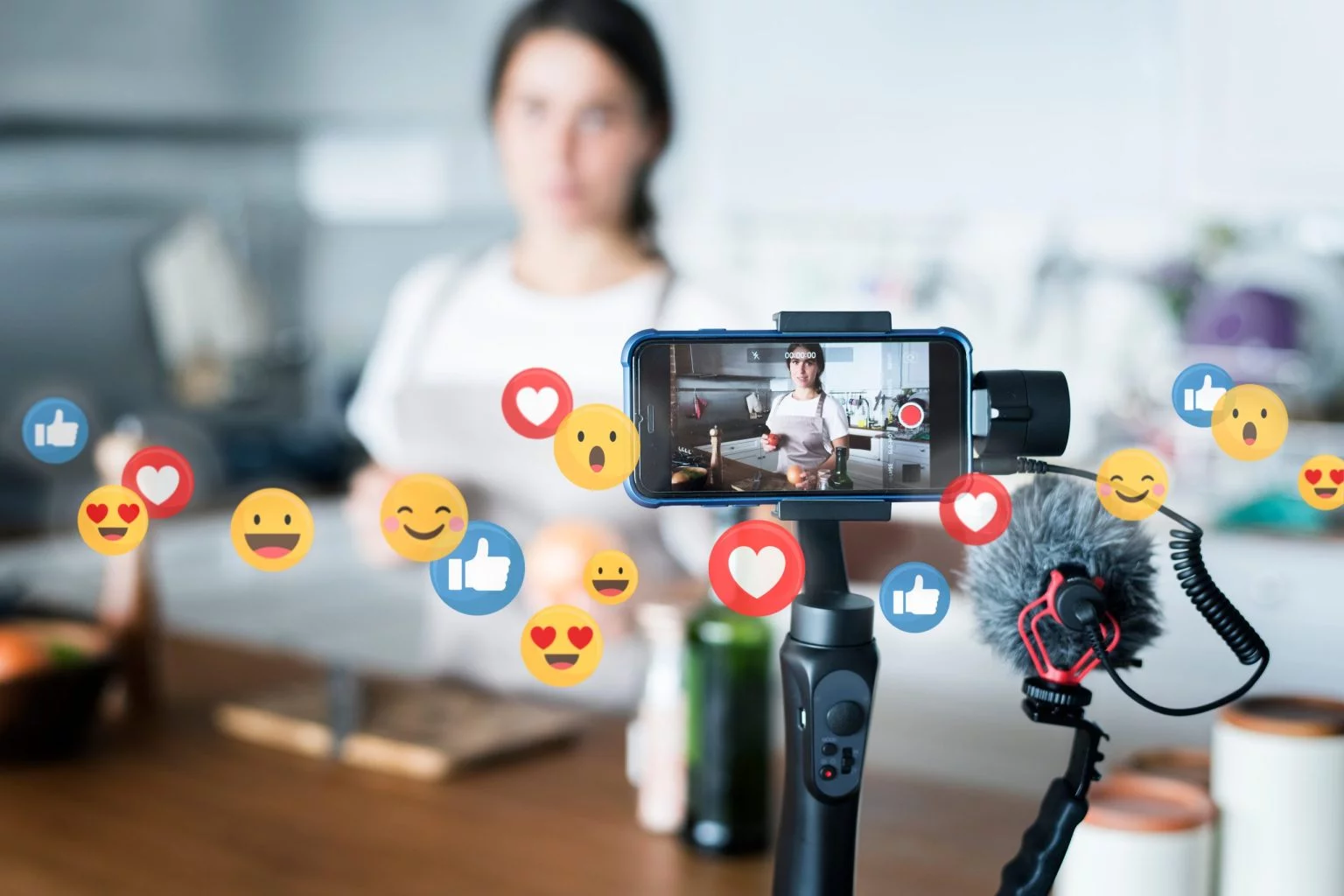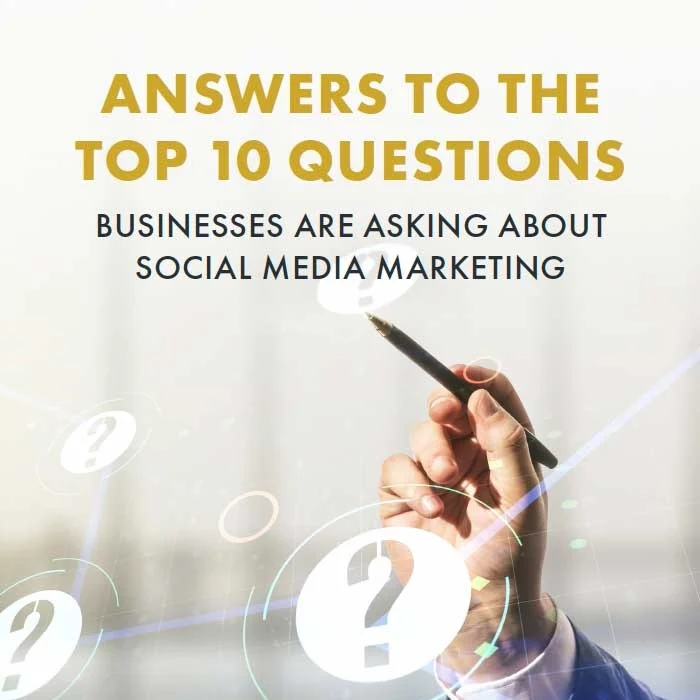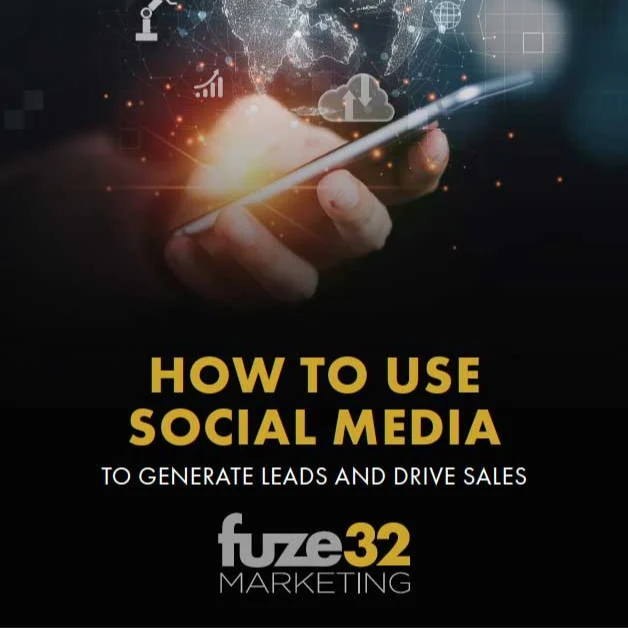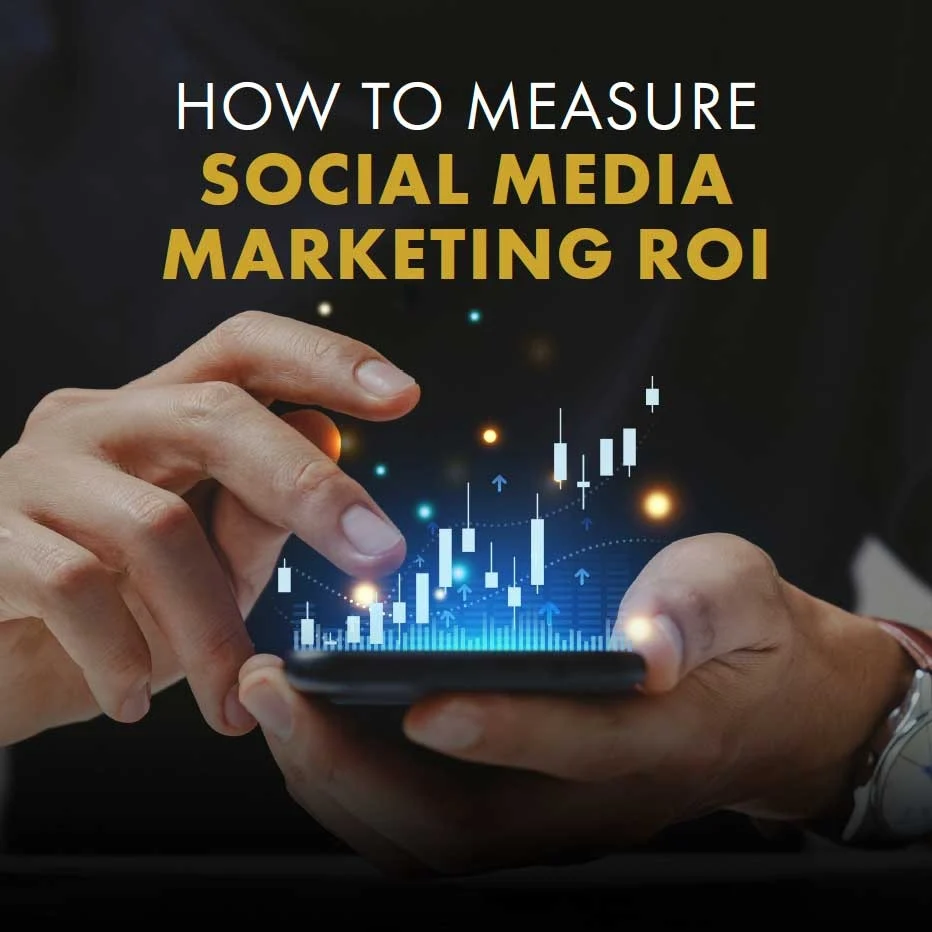
Remember the good old days when personalized ads were a marketer's bread and butter? Those glory years when tracking users across the internet was so simple and barely frowned upon? Well, pour one out for third-party cookies because those days are gone. The marketing world is undergoing a seismic shift, and the privacy apocalypse is here.
But here’s the good news. This isn’t the end of digital advertising. Far from it. There’s a thriving new frontier for marketers willing to adapt and move beyond the cookie jar.
We’re here to show you exactly how to succeed in this privacy-first era. From redefining data collection strategies to leveraging innovative targeting techniques, this guide will get you up to speed on the tools and strategies that work in the cookieless world.
The Privacy Revolution in Numbers
The digital landscape has changed rapidly, and privacy regulations demand more than just minor tweaks to how we operate. Here’s the wake-up call marketers are facing, by the numbers:
- 96% of U.S. users opt out of tracking when prompted by Apple’s App Tracking Transparency feature.
- 65% of global web users will be impacted by Google Chrome’s phaseout of third-party cookies by 2025.
- 86% of consumers have heightened concerns about their online data privacy.
- Over $1.6 billion in fines have been handed out for GDPR violations since the regulations rolled out.
- Only 26% of marketers feel “very prepared” for a cookieless future.
Sobering, right? But with change comes opportunity. First, let's unpack the four biggest challenges contributing to this "privacy apocalypse."
The Four Horsemen of the Privacy Apocalypse
1. Browser Restrictions
Google Chrome, Safari, and Firefox have all thrown in the towel on third-party cookies. While Chrome’s new "Privacy Sandbox" may provide alternatives, it’s far from a simple replacement. For marketers reliant on cookie-based retargeting, this is a game-changer.
2. Apple’s Tracking Revolution
Post-iOS 14.5, Apple turned mobile tracking into a nightmare for app-based marketers. Users now see crystal-clear prompts asking if they’re okay with being tracked. Unsurprisingly, most say no. This drastically limits insights for apps and advertisers alike.
3. Rising Regulatory Pressure
From GDPR in Europe to CCPA in California, privacy regulations are aplenty, with more on the way. Each new law comes with complex compliance requirements, making global campaigns tougher to execute.
4. Consumer Privacy Expectations
Perhaps the biggest shift isn’t from regulators or browsers but from users themselves. Consumers now demand privacy more assertively. Brands that dismiss these expectations risk being seen as invasive or outdated.
How Privacy Changes Impact Marketers
What do these seismic shifts mean for your day-to-day digital marketing efforts? Here’s what we’re seeing across industries:
- Measurement Gaps: Conversion tracking has become fragmented, leaving marketers with an incomplete picture of the user journey.
- Reduced Targeting Ability: Smaller custom audience pools and less effective lookalike models mean you can no longer target users as sharply as before.
- Higher Costs: With reduced efficiency, ad costs like CPMs and CPAs are rising. Our client data shows these costs have jumped 27% year-over-year for certain industries.
- Analytics Blind Spots: Cross-domain tracking is now unreliable, obscuring how users interact with multiple platforms.
It’s tough out there, but it’s not all bad news. Marketers who adapt to these challenges are finding fresh opportunities to connect with their audience.
Winning Strategies for a Cookieless World
It’s time to stop mourning the loss of cookies and start baking a better strategy. Here’s how savvy marketers and agencies are thriving in this brave new world.
Strategy 1. Prioritize First-Party Data
If data is the new oil, first-party data is the clean, renewable energy source marketers need. Unlike third-party data, first-party data comes directly from your interactions with customers, making it both ethical and reliable.
How to Build First-Party Data:
- Value Exchanges: Give customers reasons to share their info by offering valuable perks like discounts, exclusive resources, or content.
- Progressive Profiling: Gather data gradually through multiple interactions to build comprehensive customer profiles while staying non-intrusive.
- Unified Customer Views: Consolidate all data touchpoints into one seamless profile.
Strategy 2. Leverage Contextual Targeting
Contextual advertising isn’t just a blast from the past. Modern advances in AI have transformed it into a high-tech targeting option that matches ads with relevant content based on sentiment and intent.
Examples of Contextual Strategies:
- Moment Marketing: Placing ads tied to trending topics or live events.
- Semantic Analysis: Going beyond keywords to understand the meaning and tone of content.
- Environmental Factors: Leveraging dayparting, weather patterns, or local events to make ads hyper-relevant.
Strategy 3. Rethink Measurement Practices
When direct attribution isn’t an option, measurement frameworks like statistical modeling can help fill in the blanks.
Tools for Smarter Measurement:
- Media Mix Modeling analyzes how different channels work together to generate results.
- Incrementality Testing measures the true value of specific marketing actions.
- Conversion APIs offer a server-side approach to preserving critical tracking data.
Trust us, nerding out on measurement methodologies pays off in spades.
Strategy 4. Invest in Better Creative
When targeting options shrink, your ad creative needs to carry more weight. Developing emotionally resonant and engaging messaging becomes a non-negotiable aspect of every campaign.
Creative Best Practices:
- Universal Appeal: Broader messages cater to more diverse audience groups.
- Distinct Design: Use eye-catching branding for easy recognition.
- Human Connection: Evoke relatable emotions like ambition, humor, or warmth.
Don’t Just Survive. Thrive.
The privacy evolution isn’t going away. But guess what? This is our chance to build marketing strategies that are not only more resilient but also more respectful of consumer needs.
Successful brands and agencies aren’t waiting for Google to throw them a cookie replacement lifeline. They’re testing, learning, and crafting privacy-first solutions today.
The future of marketing may not involve cookies, but it involves something better. Genuine, value-driven connections with your audience.
Are you ready to thrive in this new era? The first step is building airtight strategies tailored to your business needs.



.webp)
